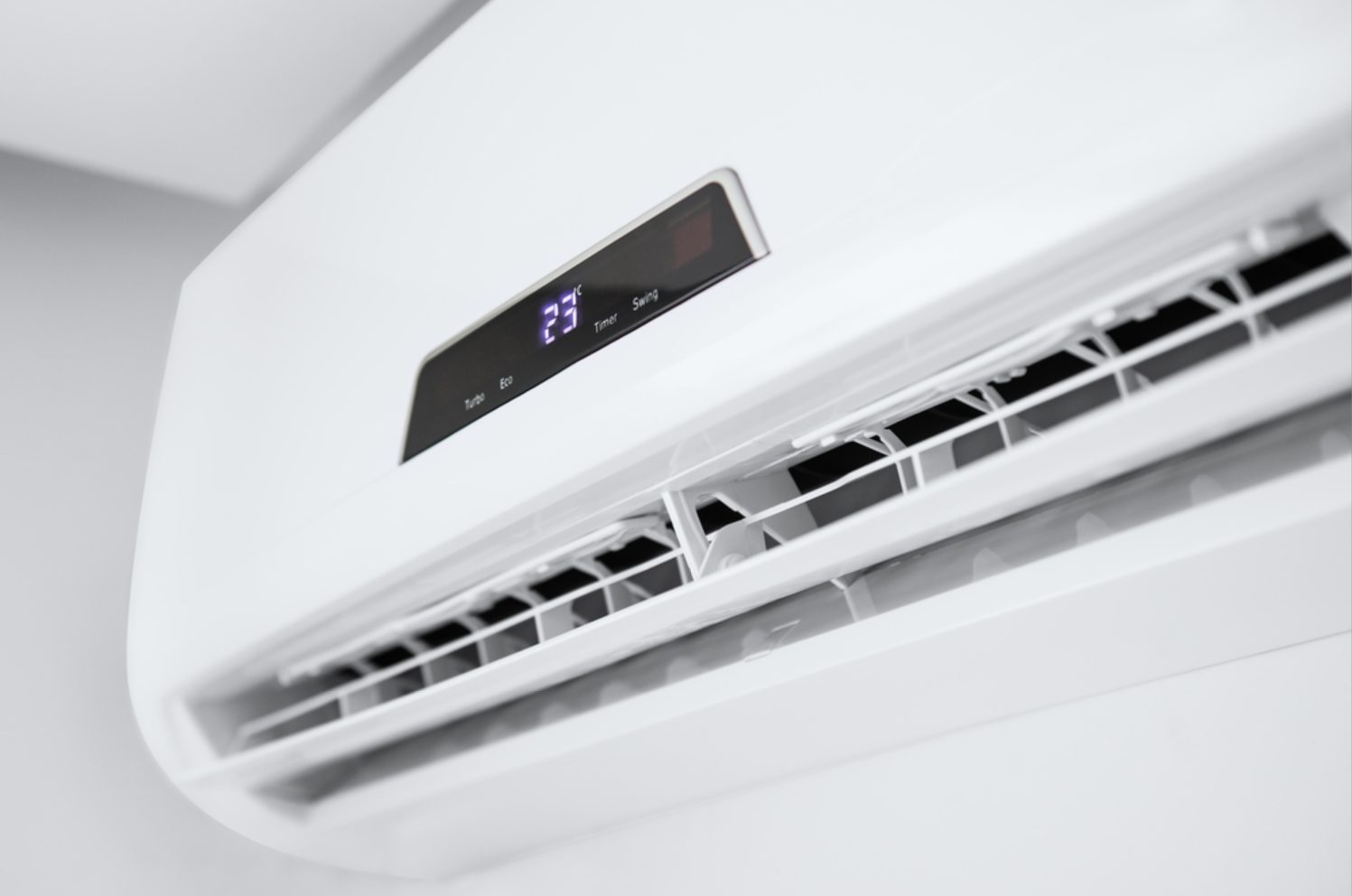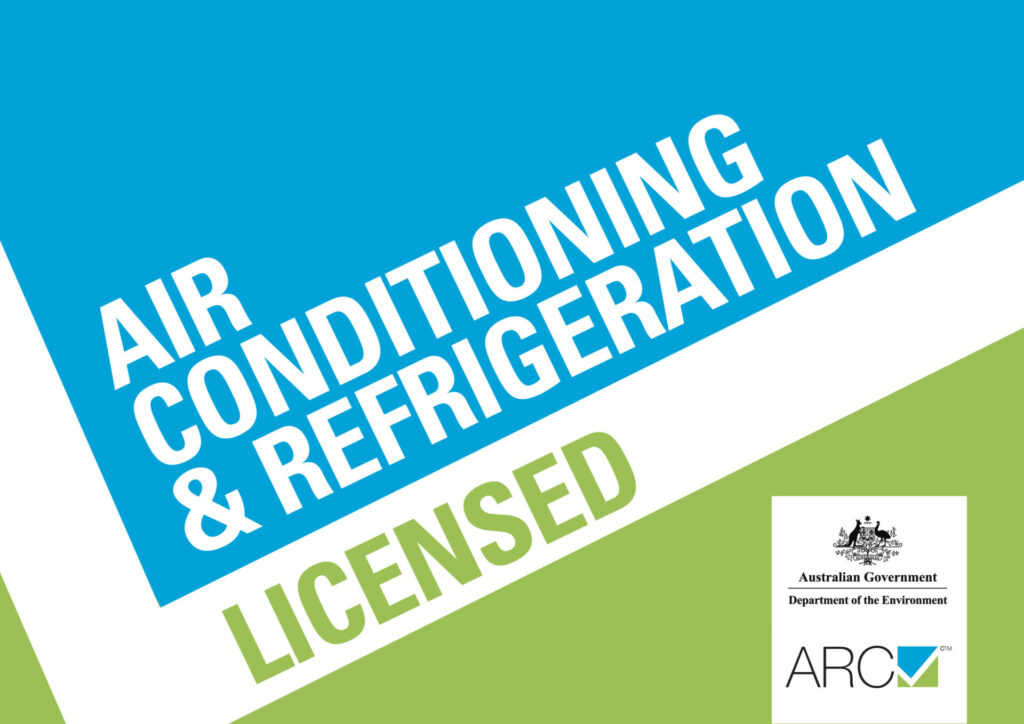Our unique country benefits from vast lands, beautiful nature and a warm (or just plain hot) climate. With temperatures reaching 50 degrees in some parts of Australia, it’s no wonder air conditioners are as standard as they are. They keep us comfortable in our homes so we can still enjoy living in adverse conditions. But with so many different types of air conditioning systems, it can be hard to know which is right for you.
In this article, we discuss the seven different types of air conditioning and their benefits.
Different Types of Air Conditioning Systems
To get the right air conditioner that meets such a critical need, you may want to know about the different types of air conditioning systems available. Making the right choice can be key to keeping your home comfortable and your energy consumption in check.
1. Ducted system
Ducted systems are one of the most common cooling system types. Big houses, which are common in NSW, have a large volume of air to keep cool. Ducted systems are great for larger homes because of their energy efficiency. Central air conditions have vents and holes in different areas of the house, usually in the walls or ceiling. These are called supply ducts and are the location that the cool air enters the rooms. Ducted systems work by circulating cool air through their supply and return ducts.
The central unit is in one permanent location and has a series of pipes that connect the unit to these ducts. As the air becomes warm, it circulates it back through the supply ducts, where it’s taken back to the unit.
2. Split system air conditioner (ductless system)
Split system air conditioners are also common for homes and offices in Australia. If there are particular rooms in your house that you would like to cool, but other rooms are less of a priority, this could be a great choice. You can usually have up to four indoor units connected to an outdoor unit. Each indoor unit has its own controls, so you can keep each room at the temperature you wish.
3. Window air conditioner
Each window air conditioner works individually and cools down the room it sits in. As the name suggests, window air conditioners sit tightly in the frame of the window. They work by sucking in warm air while generating cool air and blowing it out their front into the room. These can be the perfect cooling systems for people who work or live in a small space. For example, they could cool an entire studio apartment on their own.
4. Floor mounted air conditioner
Floor mounted air conditions have an indoor unit that sits on the floor in the room you want to cool down. They’re convenient if you lack space to mount the system on your wall or when your walls are hard to access. They’re also ideal for attics with tilted walls or walls with fragile materials.
An external unit can be installed without ductwork or much preparation. A pipe connects the external unit to the internal unit and feeds the air through. Floor mounted air conditioners are easy to access so that you can clean the filters often. This can make them great for people with respiratory issues.
5. Portable air conditioner
A portable air conditioner can be handy for people that use many rooms in their house or move around a lot. They work similarly to a window air conditioner by sitting in the frame of room windows.
They take in warm air from the room, cool it and circulate it back through the room. This process can cause hot exhaust fumes, which the portable air conditioner vents outside through an exhaust hose. Finally, they can be uninstalled and moved to where you need them next.
6. Smart air conditioner
Smart air conditioners are internet-enable, can connect to Wi-Fi and be controlled through an app. They can come in the form of any of the split system air conditioners. The ‘smart’ functionalities can vary depending on the brand and models. Though, typical features include temperature range controls, weekly operating schedules and comfy modes.
These features can help you find your comfort sweet-spot while also saving energy. Smart air conditioners can be more expensive than basic mini-split systems, but they can end up saving you money in the long run.
7. Reverse cycle air conditioner
In the most densely populated places in Australia, winters can still get a little chilly. A reverse cycle air conditioner can cool your home in summer and warm it in winter. For a machine that both cools and heats, reverse cycle air conditioners are very energy-efficient.
Conventional heaters create heat through energy. In contrast, these air conditioners transfer the heat from outside into warm filtered air. Reverse cycle air conditioners are perfect if you live in an area with a large temperature variance between the seasons.
Which of these types of air conditioning systems is right for you?
The seven different types of air conditioning mentioned in this article provide a broad range of benefits. If you know your needs, you may have found one to be more suitable than another. Or if you want a range of the features mentioned in this article, it can be hard to know which one is ideal for you. Glenco is experienced with air conditioners in NSW climates. If you can’t quite decide on which air condition system is right for you, get in touch with our air conditioning experts, and we’ll be happy to help you.








